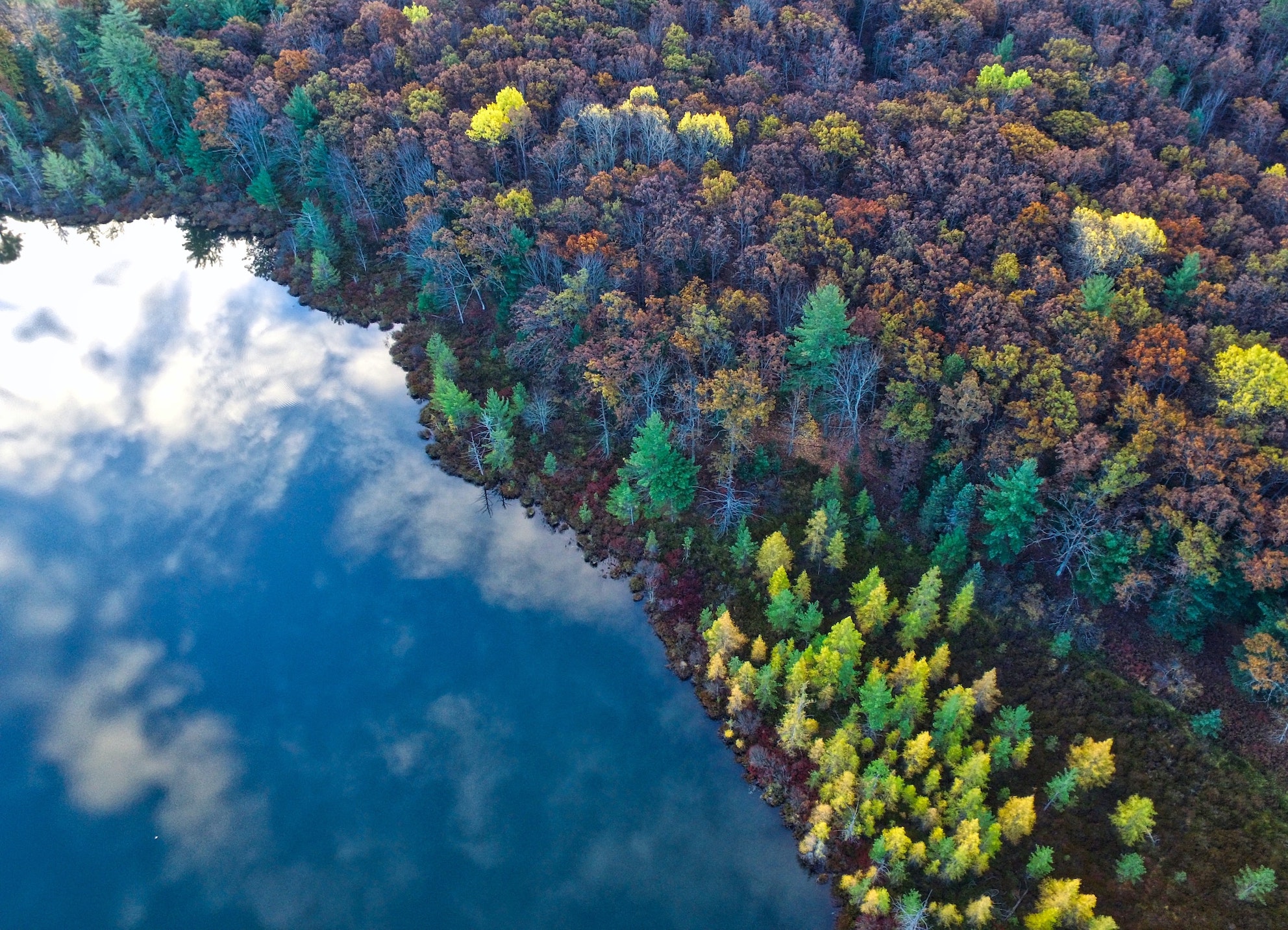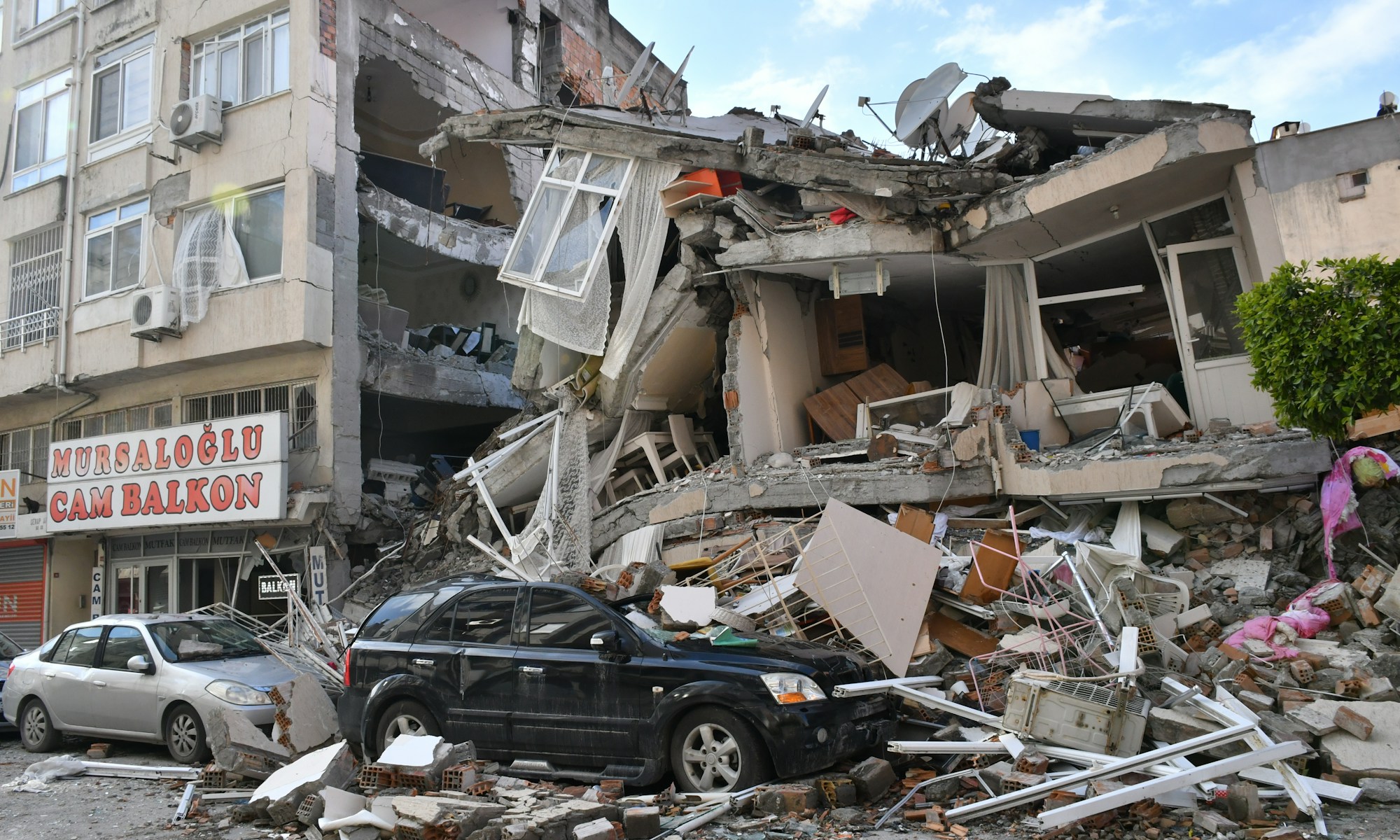12 April 2023 – by Willy Phillips
Update on the February earthquake in Turkey and Syria
In Turkey and Syria, earthquake rescue efforts shift to housing crisis as countless call refugee camps home.
On February 6th, 2023, two historic earthquakes struck Syria and Turkey. In the past 65 days, refugee camps and impromptu shelters have filled the streets. The first 7.8 magnitude earthquake hit near the Turkish city of Gaziantep, followed a few hours later by a second 7.5 magnitude event centered in the Elbistan district, a mere 80 miles away. Two weeks later, a 6.4 magnitude event hit the city of Antakya, a Turkish town nestled between the Mediterranean Sea and the Syrian border.
Since February, the attitude surrounding the disaster has shifted from search and rescue to providing essential resources for those impacted, particularly concerning the housing crisis. The British Red Cross estimates this disaster affected over 26 million people, displaced 6 million, killed 50,000, and injured 100,000.
In addition to the unfathomable number of casualties, many buildings crumbled atop the seismic activity. Along with the stresses of war on infrastructure, poor building design is cited as the primary reason for such extensive damage. 160,000 buildings, holding over 500,000 apartment units, collapsed in on themselves in whites known as a ‘pancake collapse‘. Nearly 200 builders, contractors, and building owners have been arrested on suspicion of ignoring updated and more costly building codes during construction. Turkish President Tayyip Erdogan has promised weary citizens accountability as concerns over infrastructure stability and longevity continue to rise.
International aid provision has been substantial, as 94 countries have contributed finances, supplies, and on-ground assistance. While over 140,000 volunteers have assisted thus far, impacted areas are still stricken with displacement and a lack of essential resources. Aid efforts now focus on housing, as an estimated 1.5 million people need shelter. Many have taken to the streets, establishing themselves in impromptu shelters while waiting for rebuilding efforts to begin. In the immediate future, however, refugee camps will become home for those unable to reside elsewhere.












